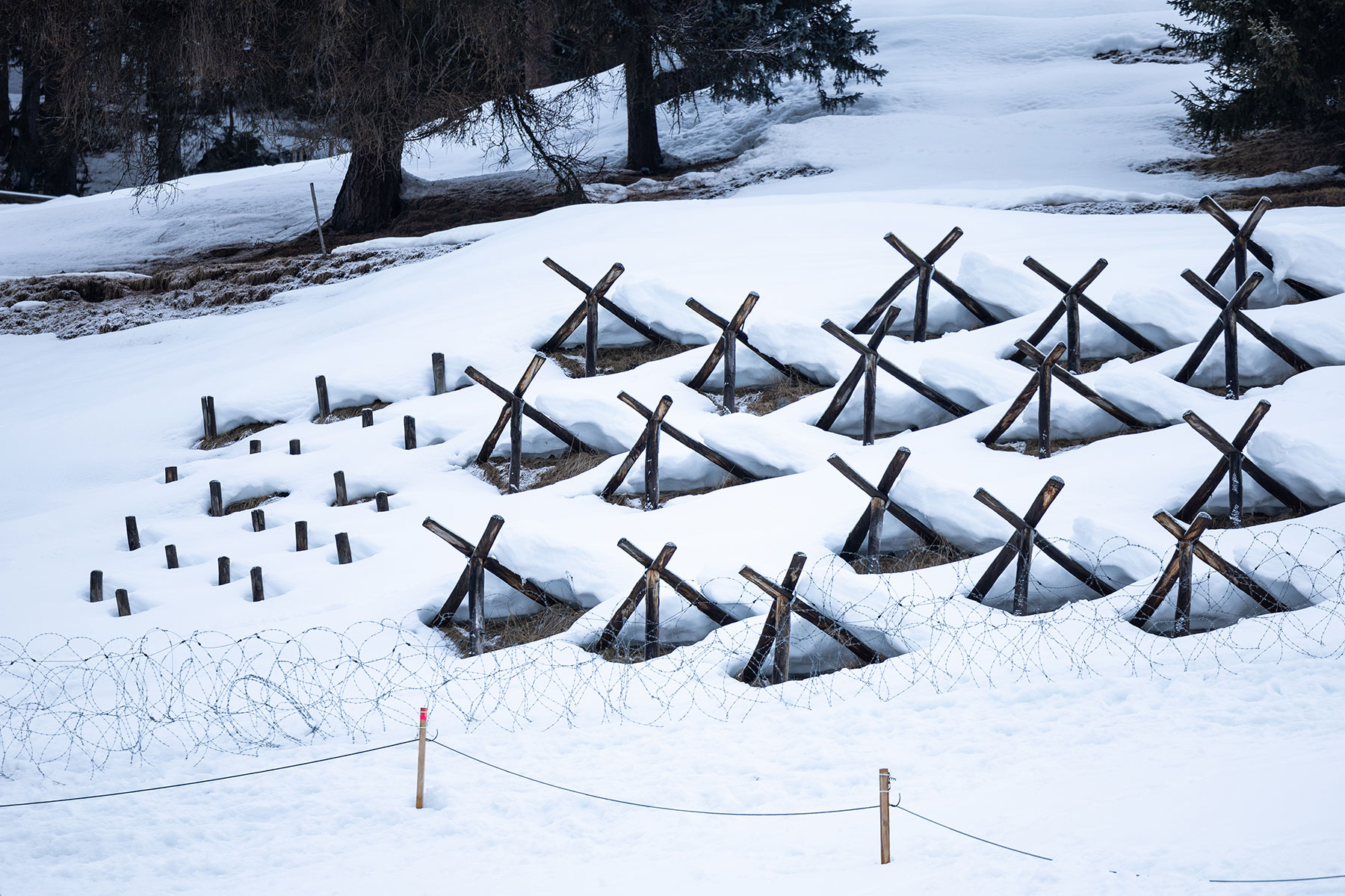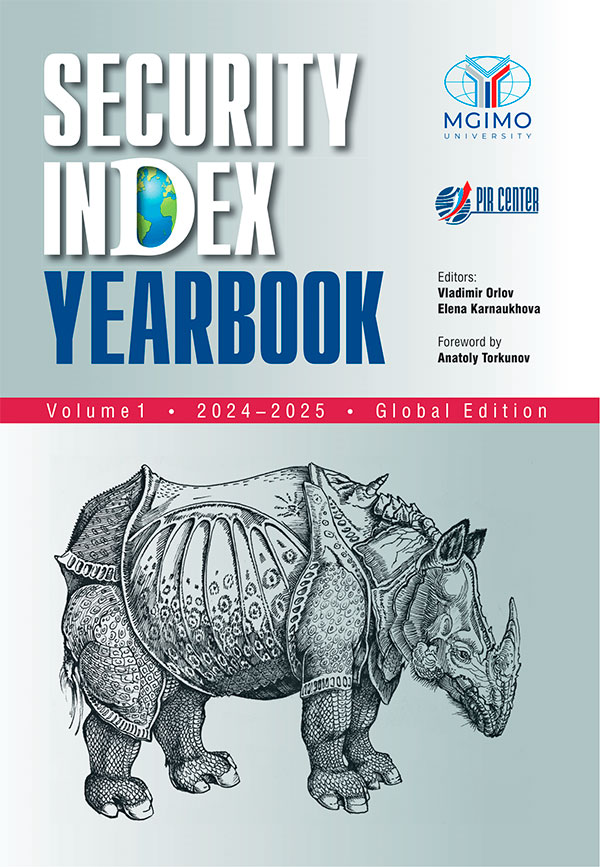Is it possible for NATO armed forces to be involved in a military conflict between Russia and Ukraine? Such a formulation of the issue until recently seemed marginal, given the high risks of escalation of the military confrontation between the North Atlantic Alliance and Russia into a large-scale armed conflict. However, this scenario should be taken seriously. The involvement of individual NATO countries or the entire bloc in military operations may gradually increase. Crossing red lines can generate confidence that participation in the conflict will not have consequences, and the red lines need to be pushed further and further. The result of such movements can appear at an unexpected moment and lead to a much more dangerous events than the current situation.
The most significant factor in the possibility of direct intervention by individual NATO countries or the alliance as a whole could be a significant military success by the Russian army. A major breakthrough by Russian forces towards Kharkov, Odessa, or another major city could serve as a significant catalyst for NATO countries to consider the possibility of intervention in the conflict. Several such breakthroughs, occurring simultaneously or consecutively, would make such an intervention seem inevitable.
Here, individual countries or the Alliance as a whole face a strategic fork in the road. The first alternative is not to interfere and support Ukraine only with military supplies, money and “volunteers”. It is possible to admit defeat and try to minimize the damage through negotiations, thereby stopping an even greater defeat, if not the total collapse of Ukraine. The second alternative is to radically change the approach and to participate in the conflict, allowing direct intervention.
Intervention can take various forms. We may consider the use of existing infrastructure, including airfields in NATO countries. Another possibility is the significant involvement of individual units of communications, engineering troops, and air defense system crews, although their presence on the frontline may be avoided. A more extreme scenario would be the deployment of contingents from individual NATO countries along the borders of Ukraine and Belarus to facilitate the transfer of Ukrainian forces to the east. Finally, a more radical option would be the deployment of NATO military forces on the frontlines, which could be seen as an unacceptable action by the Alliance.
Any of these scenarios involve a direct conflict between the armed forces of Russia and those of NATO countries.
Is it possible for NATO armed forces to be involved in a military conflict between Russia and Ukraine? Such a formulation of the issue until recently seemed marginal, given the high risks of escalation of the military confrontation between the North Atlantic Alliance and Russia into a large-scale armed conflict. However, this scenario should be taken seriously. The involvement of individual NATO countries or the entire bloc in military operations may gradually increase. Crossing red lines can generate confidence that participation in the conflict will not have consequences, and the red lines need to be pushed further and further. The result of such movements can appear at an unexpected moment and lead to a much more dangerous events than the current situation.
Strictly speaking, NATO countries have long been party to the conflict. Such participation takes several forms. First, Western countries provide Ukraine with significant financial and military assistance. The weapon systems being supplied are becoming more advanced and destructive. As stocks of Soviet-style weapons in the warehouses of the former USSR allies in the Warsaw Pact are depleted, the Ukrainian army is receiving Western systems and ammunition. So far, the volume of supplies is limited by the capabilities of the Western defence industry and existing reserves. But if hostilities drag on, industrial capabilities have the potential to grow. Growing supplies are also inevitable in the event of a peace pause, which will enable Ukraine to prepare for a new stage of hostilities. Russia should hardly hope that the West does not have enough political will and resources to increase support for Kiev. Moscow is apparently preparing for the worst-case scenario, that is, a consistent increase in comprehensive and long-term military assistance to Ukraine. In addition to the supply of weapons and ammunition, such assistance includes personnel training, assistance in the development of military industry and infrastructure, and reimbursement of expenses in other areas, allowing Ukraine to concentrate resources on the defence sector.
Second, Ukraine receives significant Western assistance in the form of intelligence information, including technical data and data from satellites, radar systems, reconnaissance aircraft, and other sources. This information allows for a wide range of applications, from providing information into the theatre of operations to identifying specific targets. Data providers may exercise discretion in sharing certain types of information with the Ukrainian authorities, but there is little doubt about its use in military operations against Russian forces.
Third, there have been reports of military personnel from NATO member countries being involved in hostilities in Ukraine. Their involvement appears to be rarely acknowledged officially by their home governments. These individuals may be referred to as “volunteers” or even mercenaries, and their participation may be tolerated by their respective authorities. According to recent reports from Russian sources as of October 2023, approximately 2,000 such individuals were estimated to be present. While estimates may vary, it is clear that foreign nationals are engaging in combat on behalf of the Ukrainian government and that their participation is not isolated, but rather systematic in nature. It is clear that at least some of these individuals hail from Western countries.
At the same time, the current level of engagement does not create an undue risk of direct military conflict between Russia and NATO. This low-level conflict allows Kiev’s Western allies to gradually improve the quality of their assistance to Ukraine. The supply of cruise missiles has become routine, and the introduction of fighter jets manufactured in the United States is only a matter of time. The Russian army grinds down the supplied Western equipment, but the foreign supplies to Ukraine also require a concentration of resources on the part of Russia.
A significant factor that could lead to escalation and potential direct confrontation between Russia and NATO is the possibility of military deployments of NATO troops on Ukrainian territory. Some Western political figures have discussed the potential for such a scenario, though their views have not been endorsed by the United States or presented as the official position of NATO. Several leaders from member countries have distanced themselves from the idea of deploying troops to Ukraine.
What could prompt such a decision and how could it be implemented?
The most significant factor in the possibility of direct intervention by individual NATO countries or the alliance as a whole could be a significant military success by the Russian army. At present, the frontline remains relatively stable, but the Russian forces have already achieved notable local successes, increasing pressure, taking the initiative, expanding their offensive front, and possibly building up reserves for further actions. The conditions for a repeat of last year’s offensive by Ukrainian armed forces are not apparent. There have been reports of ammunition shortages among Ukrainian forces, although these may be addressed through external supply in the future. Periodic strikes against Russian territory with cruise missiles, drones, and artillery cause damage and casualties, but they do not disrupt stability on the Russian front. Furthermore, such attacks are motivating more active efforts to establish “sanitary zones”, that is, areas from which the Ukrainian armed forces will not be able to target Russian regions. The possibility of a collapse of certain sectors of the Ukrainian frontline and significant territorial gains for Russian forces in the western direction are becoming increasingly likely. The lack of significant advances or breakthroughs over a prolonged period does not imply that such events cannot occur in the future. Rather, such possibilities are increasing given the army’s acquisition of battle experience, supplies from the military-industrial complex, losses on the Ukrainian side, delays in Western equipment deliveries, etc. While a catastrophic scenario for certain units of the Ukrainian armed forces is not predetermined, it is possible. A major breakthrough by Russian forces towards Kharkov, Odessa, or another major city could serve as a significant catalyst for NATO countries to consider the possibility of intervention in the conflict. Several such breakthroughs, occurring simultaneously or consecutively, would make such an intervention seem inevitable.
Here, individual countries or the Alliance as a whole face a strategic fork in the road. The first alternative is not to interfere and support Ukraine only with military supplies, money and “volunteers”. It is possible to admit defeat and try to minimize the damage through negotiations, thereby stopping an even greater defeat, if not the total collapse of Ukraine. The second alternative is to radically change the approach and to participate in the conflict, allowing direct intervention.
Intervention can take various forms. We may consider the use of existing infrastructure, including airfields in NATO countries. Another possibility is the significant involvement of individual units of communications, engineering troops, and air defense system crews, although their presence on the frontline may be avoided. A more extreme scenario would be the deployment of contingents from individual NATO countries along the borders of Ukraine and Belarus to facilitate the transfer of Ukrainian forces to the east. Finally, a more radical option would be the deployment of NATO military forces on the frontlines, which could be seen as an unacceptable action by the Alliance.
Any of these scenarios involve a direct conflict between the armed forces of Russia and those of NATO countries. Such a confrontation would inevitably raise questions about the Alliance’s deeper involvement, and potentially the transfer of military operations to additional areas of conflict with Russia, including the Baltic region. At this point, stopping the escalation would become even more challenging. The more casualties both sides suffer, the greater the intensity of hostilities and the closer approach to the threshold of nuclear use. In this scenario, there will be no victors.
These are only hypothetical possibilities. Nevertheless, they must be taken into consideration at this time. Until recently, few people considered the likelihood of such significant arms deliveries to Ukraine. Three years ago, the conflict itself seemed unlikely. Today, it is a reality. The prospect of a full-scale war between Russia and NATO must be taken seriously.
First published in the Valdai Discussion Club.







